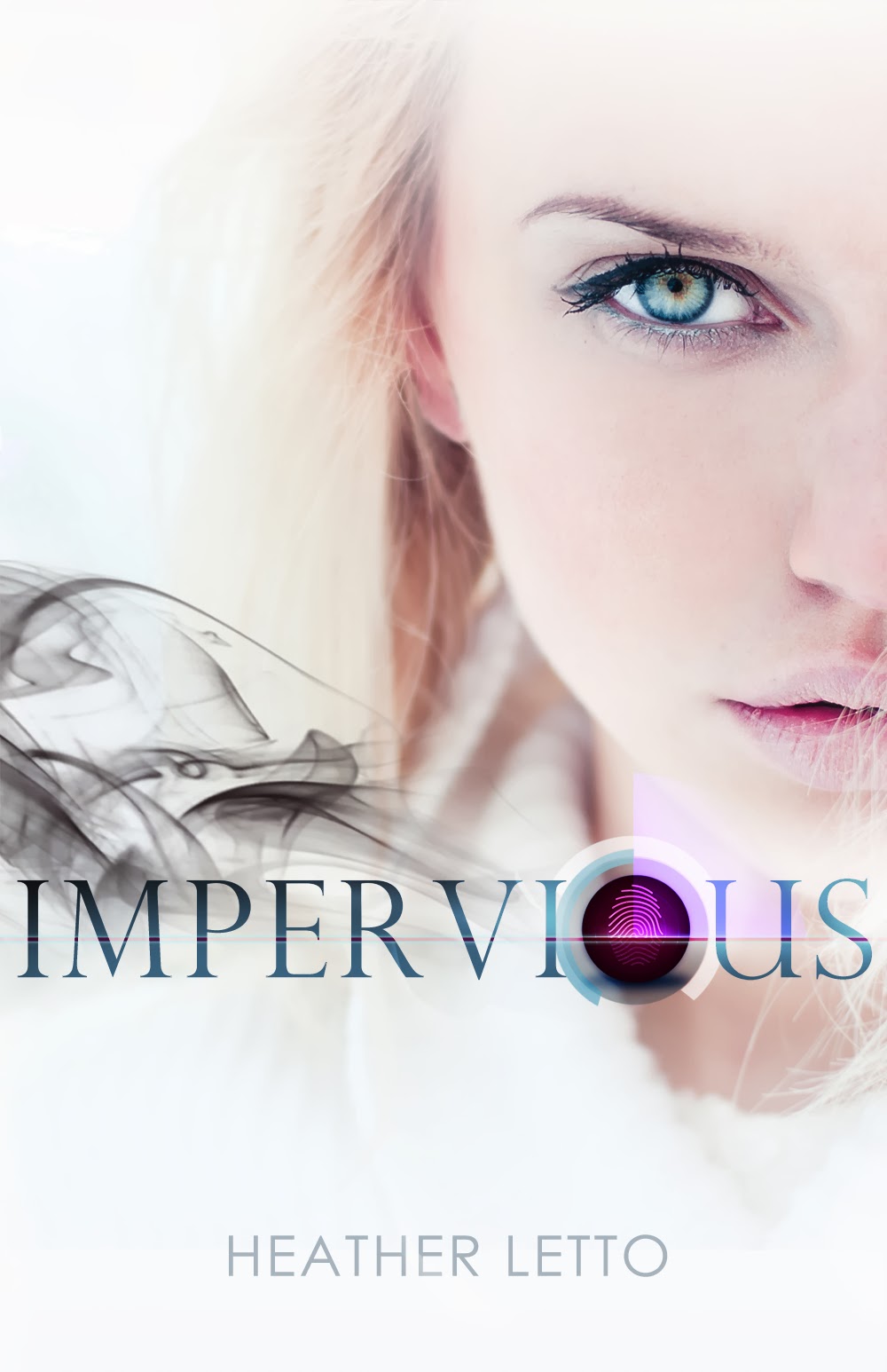Today’s guest and I go all the way back to my very first SCBWI Poconos writing retreat in 2009, so I am super happy to have Linda Budzinski, author of THE FUNERAL SINGER, on the blog today. Her words about not judging characters apply not only to writing but also to life. Welcome, Linda!
 You Can’t Judge a Character by Her Role
You Can’t Judge a Character by Her Role
It’s a lesson I keep learning over and over again: Don’t be too quick to judge people. Or maybe I should say, it’s a lesson the universe keeps trying to teach me, since I continue to fall into the same trap.
We’ve all been there, haven’t we? Maybe it’s the guy in the next cubicle at work. Maybe it’s the grouchy neighbor. Maybe it’s your kids’ lacrosse coach. They act like a jerk, so you proclaim them a Jerk.
Until one day you find out this Jerk has a child with a severe disability, or he spends every weekend traveling hundreds of miles to visit an elderly parent who can’t even remember his name, or she’s in the middle of a nasty divorce. That’s when you realize that maybe he or she wasn’t always a Jerk. Maybe he or she deserves some patience, some grace, some understanding right now.
The same is true with our characters. When I set out to write THE FUNERAL SINGER, I wanted to write a novel about the difference between pop culture heroes and real-life heroes. My rock star characters would be shallow, selfish Jerks, while my real-life hero (a funeral director) would be a loving, caring, charitable gentleman.
Only they’re not. At least, not entirely. Most of the rock stars turned out to be pretty decent people, and the funeral director is far from flawless.
Even my main character, who throughout the course of the book goes from being a normal teen-ager to a pop culture hero to an everyday hero, isn’t all good or all bad along the way. She’s sweet and sensitive and infuriatingly self-centered, all at once. Because in real life, that’s how people are. People are both good and bad. And no matter what their station in life, everyone has problems. They may keep their problems well hidden, but they have them.
When we set out to create characters, we need to know their roles in our books. That is, we need to know whether they are protagonists (the main characters, who want something) or antagonists (the characters who stand in their way), but we do not need to proclaim them good or evil, angels or devils, sweethearts or jerks. Because chances are, they will be all of the above. And they will have problems that may never make it onto the page, but they will have them, and those problems will affect the way they behave.
And that will be what makes them interesting.
The Funeral Singer blurb:
Seventeen-year-old Melanie Martin has witnessed her share of lame eulogies and uninspired epitaphs while singing part-time at her dad’s funeral home. She’s determined to be more than a funeral singer, and more than just someone’s “beloved wife” or “loving mother.”
When Mel’s impromptu rendition of “Amazing Grace” at a local rock star’s graveside service goes viral on YouTube, she becomes an Internet sensation, attracting thousands of fans and followers, and even a hot rock star boyfriend–Zed Logan, bass player for The Grime.
But instant fame isn’t easy–and neither is love. Especially when Mel realizes she’s falling for another guy–one who may just want her heart more than her voice.
Linda Budzinski lives in Northern Virginia with her husband, Joe, and their feisty chihuahua, Demitria (also known as Dee Dee, The Puppy, and Killer). She grew up in a tiny town called West Grove, in southeastern Pennsylvania. In the second grade, she announced to her parents that she wanted to be a “Paperback Writer,” just like in the Beatles song. She majored in journalism in college and now works in nonprofit marketing and communications.
She’s a sucker for romance and reality TV and has been known to turn off her phone’s ringer when watching “The Bachelor.” Her favorite flower is the daisy, her favorite food is chocolate, and her favorite song is “Amazing Grace.”
LINKS:
Website: www.lindabudzinski.com
Twitter: https://twitter.com/LindaBudz
Facebook: https://www.facebook.com/pages/Linda-Budzinski-Author/188747034633426
YouTube Trailer: https://www.youtube.com/watch?v=1gs0PX1fEdg
Amazon: http://www.amazon.com/The-Funeral-Singer-ebook/dp/B00FDWYBRS/
Barnes & Noble: http://www.barnesandnoble.com/w/the-funeral-singer-linda-budzinski/1116970019?ean=2940148424031



























